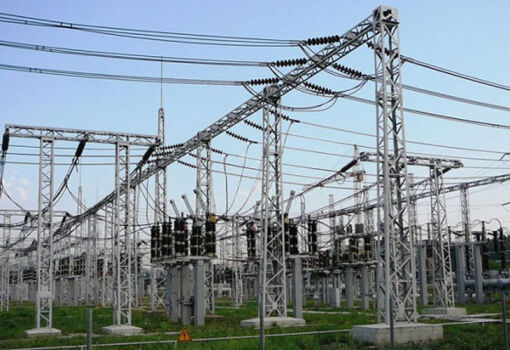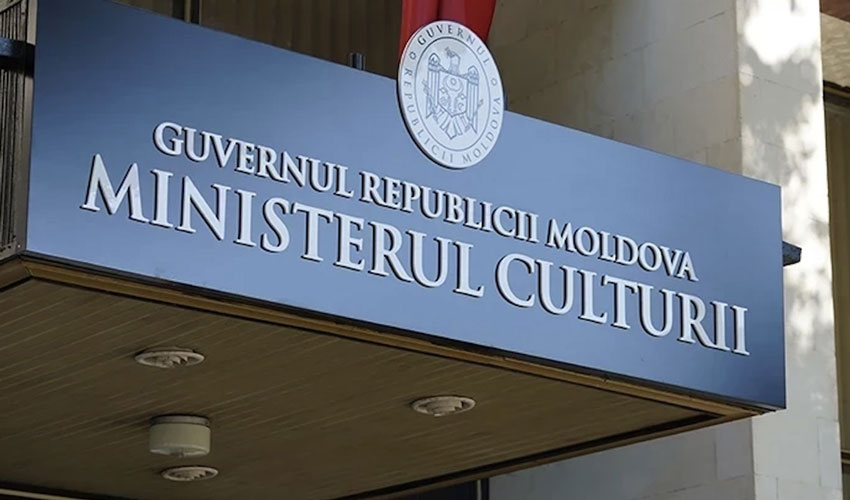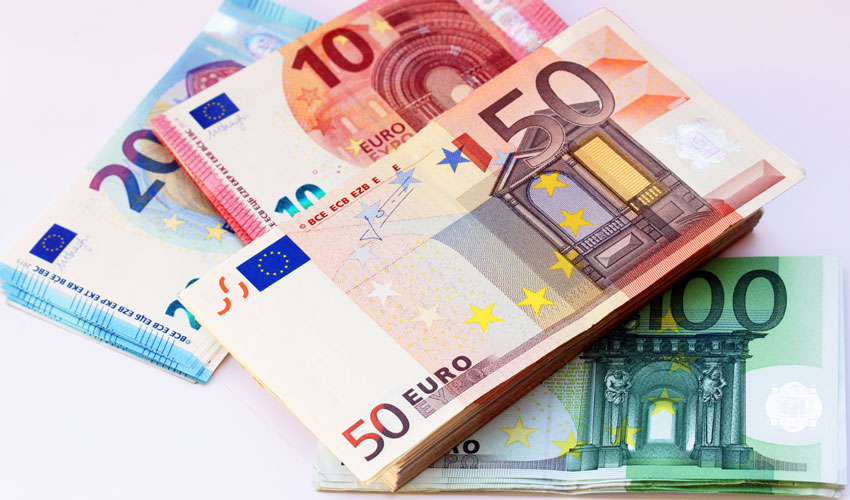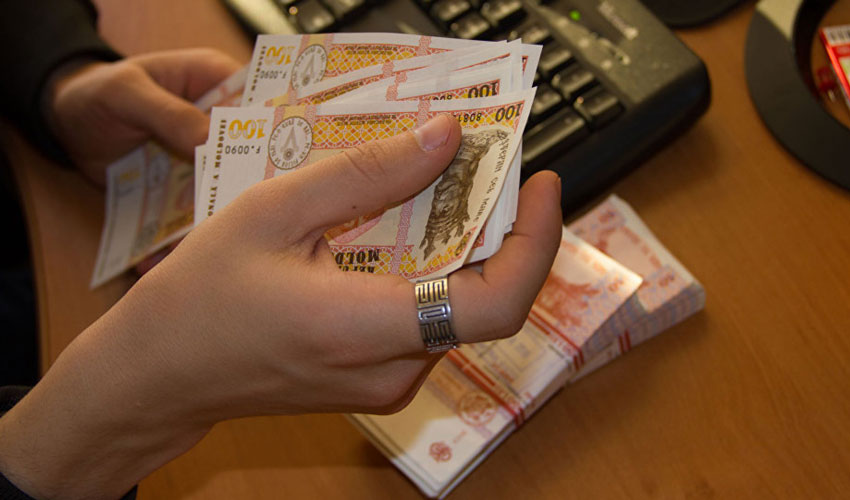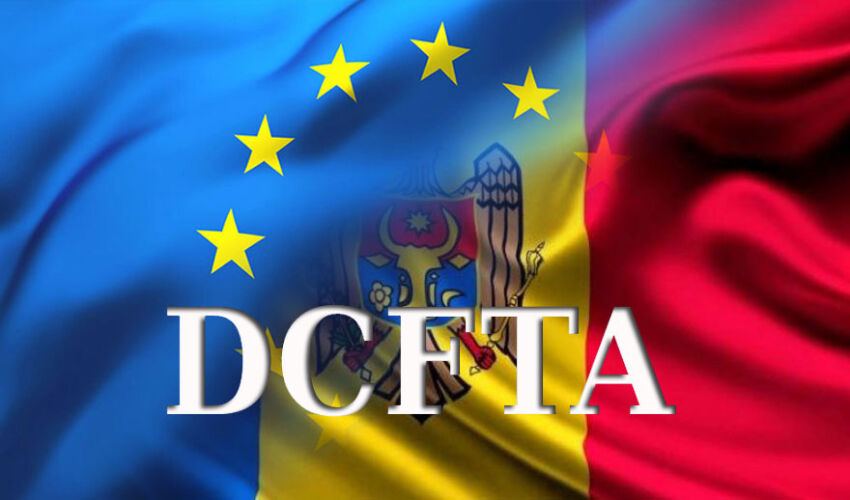
Although most Moldovan exports already enjoy duty-free access under the current EU-Moldova Association Agreement, the revised conditions open new opportunities for both sides, taking into account the specificities of some agricultural sectors.
Thus, the EU has agreed to expand access for Moldovan agricultural exports that have not yet been liberalized.
Plums, table grapes, apples and cherries: tariff quotas will be increased, taking into account recent trade volumes and Moldova’s integration into the EU economy. This will also increase exports, ensuring that Moldovan exporters can continue to export at least the same volumes as under autonomous trade measures (ATMs).
Grape juice, tomatoes and garlic: imports of these products will be duty-free (except for a specific element of the pricing system for tomato imports).
For its part, Moldova agreed to improve access for some agricultural exports from the EU: quotas for pork and poultry will be increased and new tariff quotas will be introduced for frozen boneless meat, milk and butter.
Access to new markets for Moldovan products is conditioned by Moldova’s gradual compliance with relevant EU production standards, such as the use of pesticides. This approach is in line with the logic of Moldova’s EU accession process and the adoption of the acquis communautaire. Both parties will be able to activate a safeguard mechanism allowing for appropriate measures to be taken in case of negative impact of imports on one of the parties.
In the case of the EU, the assessment of possible infringements can be carried out at the level of one or more Member States.
The agreement foresees a revision scheduled for 2027. It will take into account Moldova’s progress towards EU accession, the degree of integration of its market into the EU market, the degree of utilization of agreed trade quotas and the dynamics of production and import capacities. Some other interests of both sides will also be taken into account.
Member States and the European Parliament will be informed about the details of the agreement in the coming days. After the final legal review of the agreement, the EU and Moldova will continue the respective procedures for the formal approval of the revised DCFTA. On the EU side, the Commission will in the coming days adopt a proposal for a Council decision on the approval of the agreement. After that, the agreement will be formally adopted by the EU-Moldova Association Committee.
The EU and Moldova signed the Association Agreement in June 2014, which entered into force in July 2016. It provides duty-free access for most Moldovan goods, reduces customs tariffs faced by European companies when exporting to Moldova, and optimizes customs procedures.
In addition, the agreement further facilitates trade by gradually aligning Moldovan legislation, rules and procedures, including standards, with EU legislation.
In 2022, the EU set increased import quotas (ATMs) for seven types of goods to support the Moldovan economy affected by Russia’s war against Ukraine. The conflict disrupted Moldova’s traditional export routes, many of which depend on transit through Ukraine. The benefits were extended twice and expired on July 24, 2025.
“As the ATM expires on July 24, 2025, and before the revised DCFTA enters into force, trade will continue under the current terms of the DCFTA,” the European Commission explained.
These measures helped Moldova to reorient its trade towards the EU by providing practical support. As a result, Moldovan exports to the EU increased from €1.8 billion in 2021 to €2.2 billion in 2024.
What trade between the EU and Moldova looks like
The EU is Moldova’s most important trading partner, accounting for 54% of total merchandise trade in 2024, followed by Ukraine (11.1%) and China (9.8%). The share of Moldova’s trade with Russia has declined significantly and currently accounts for only 2.5% of Moldova’s total trade.
65.6% of Moldova’s exports are destined for the EU market. Moldova ranks 58th among EU trading partners with a total trade turnover of about €7.5 billion in 2024. Exports from the EU to Moldova in 2024 amounted to 5.1 billion euros. The main EU export items are machinery and equipment, products of chemical or related industries and transportation equipment.
Imports to the EU from Moldova remained more or less stable, amounting to 2.4 billion euros in 2024. The main goods imported by the EU from Moldova are machinery and equipment (produced by FTAs), agricultural products, mineral products and products of chemical or related industries.









